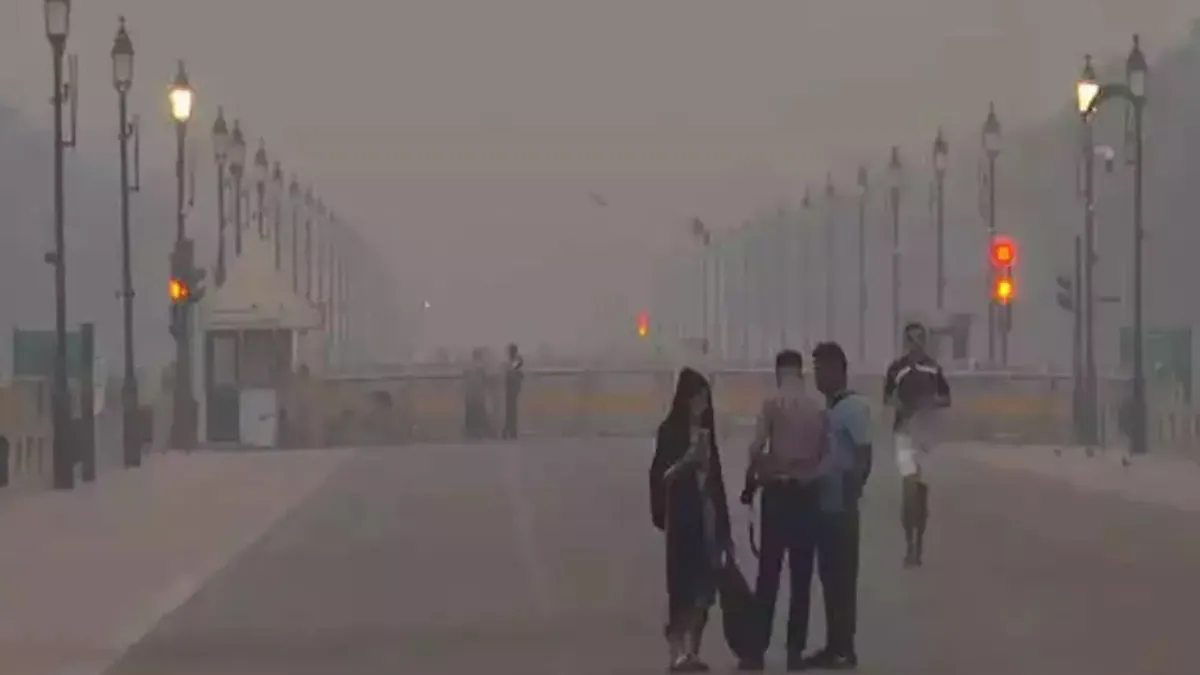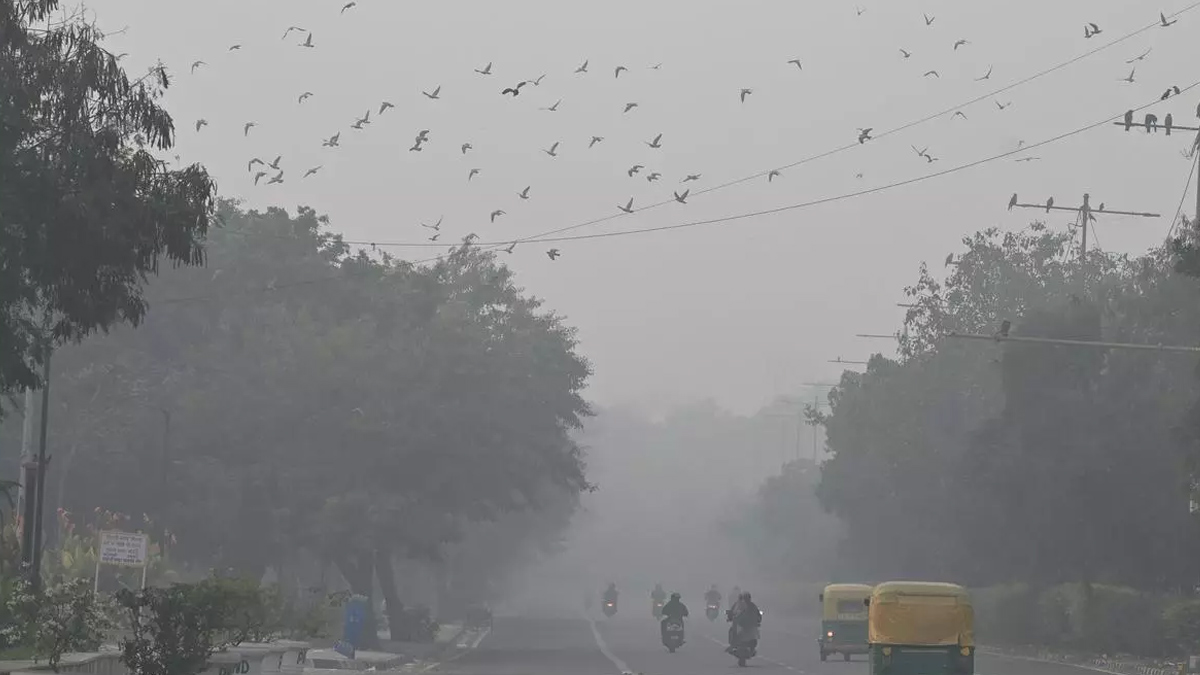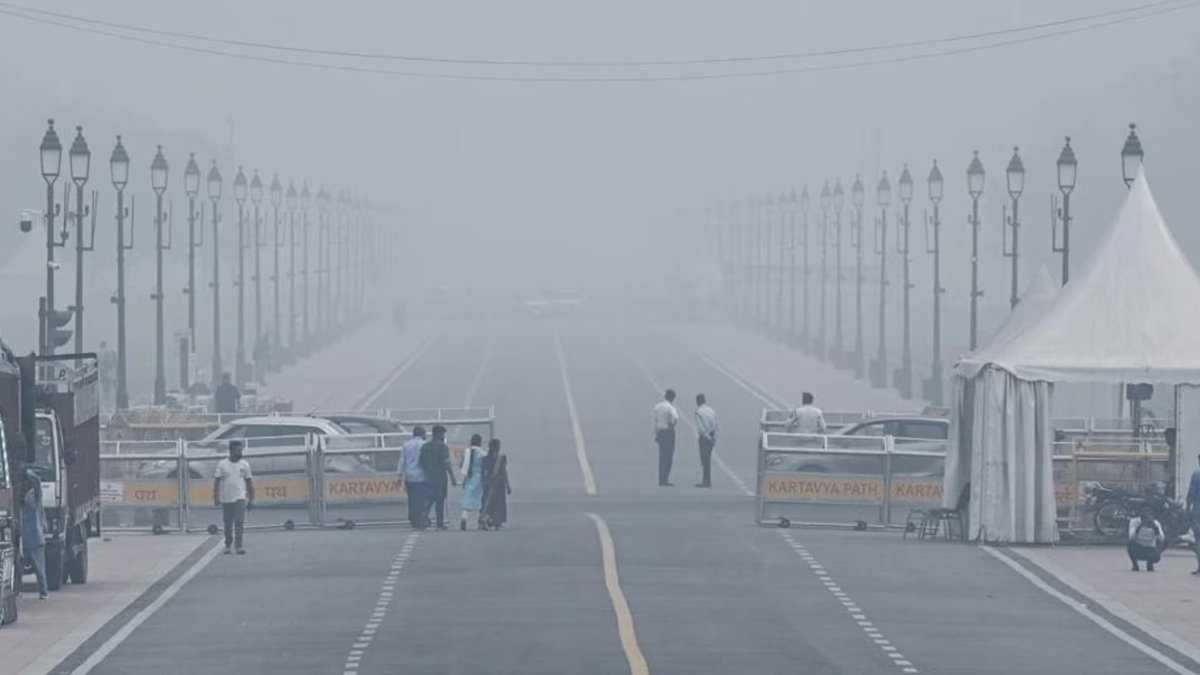
As the smog starts to close in on Delhi after the Diwali night, and the National Capital Region (NCR) around it, authorities have implemented Stage II of the Graded Response Action Plan (GRAP), which is a key pollution control system that kicks in when the Air Quality Index (AQI) reaches the "Very Poor" zone between 301 and 400. The stage indicates severe air quality decline, which requires immediate and concerted response from both the government and residents.
Table of Content:-
Why GRAP-II Has Been Implemented Now
The air quality in Delhi has been progressively deteriorating over the last week, with the pollution level breaching the "poor" level and inching closer to "very poor." As predicted by the India Meteorological Department (IMD) and the Indian Institute of Tropical Meteorology (IITM), air quality further deteriorated in the post-Diwali period, especially due to festive firecracker emissions and continuous weather conditions that confine pollutants nearer to the surface.
The Commission for Air Quality Management (CAQM) instructed authorities to implement GRAP Stage II restrictions throughout Delhi-NCR. This action follows shortly after GRAP-I measures were originally implemented this season on October 14, signalling a swift escalation as the pollution scenario becomes more serious.
Also Read: Delhi Air Quality Turns ‘Severe’; Expert Shares Effects Of Air Pollution On Human Health

What GRAP-II Means for the Delhi-NCR
The Graded Response Action Plan (GRAP) is a stepped approach formulated to address pollution with swift, data-driven actions. Each level aligns with a particular AQI range, with controls becoming increasingly stringent with worsening pollution. In GRAP-II, the authorities ramp up control measures by increasing bans and targeting large contributors to pollution like construction, vehicles, and fuel use. Prominent steps in GRAP-II are:
- Prohibition on diesel generator sets, except for emergency and essential services.
- Prohibitions on the use of coal and firewood in hotels, restaurants, and open spaces.
- Greater regulation of construction and demolition work that is likely to produce dust.
- Mechanical sweeping and water sprinkling on main roads every day to dampen dust particles.
- Greater traffic management to avoid congestion in areas of high population density.
All these steps are intended to bring air quality to stability before it falls into the "Severe" category, a point at which everyone's health is severely threatened.
Impact on Residents and Business
For the residents, GRAP-II translates into modifying the daily routines to reduce exposure to pollution. Susceptible populations like children, elderly people, and those with asthma or cardiovascular diseases are particularly recommended to remain indoors at the time of maximum smog. Companies using diesel power or outdoor cooking could be temporarily affected by the bans on generators and coal. Even as the measures will appear to be restrictive, the experts emphasise that these interventions are crucial to saving public health and averting a deeper environmental emergency.
Also Read: Childhood Vision Problems Are Best Identified At The School Level, Doctor Shares Reasons And Tips

Public Advisory: What Citizens Can Do
The CAQM has also requested citizens to undertake simple but effective measures to minimise personal exposure and help usher in cleaner air. The advisory consists of:
- Travel using public transport or carpool in place of private means to keep emissions low.
- Exercise outdoors in the mornings or evenings other than early morning and evening when pollution levels are high.
- Wear N95 or equivalent masks when going outdoors to minimise inhalation of fine particulate matter.
- Avoid burning leaves, trash, or biomass, which can considerably degrade local air quality.
Bottomline
The enforcement of GRAP-II is a crucial reminder that Delhi’s pollution problem is both seasonal and systemic. While government actions can curb immediate emissions, real change depends on collective responsibility, from choosing cleaner transport to celebrating festivals responsibly. Protecting the air we breathe is no longer a seasonal concern; it’s a year-round commitment.
Also watch this video
FAQ
1. What is the cause for implementation of GRAP-II?
GRAP-II is put in place when the Air Quality Index (AQI) is between 301 to 400, which falls under the category of "Very Poor," i.e., dangerous levels of pollution.2.Can I continue to use diesel generators at home after implementation of GRAP-II?
No, except for emergency service and essential facilities, the utilization of diesel generator sets is curbed under GRAP-II measures.3. In what ways can residents minimise pollution?
By utilising public transport, refraining from waste burning, decreasing vehicle idling, and wearing masks when outdoors to minimisfrap iie exposure and emissions.
How we keep this article up to date:
We work with experts and keep a close eye on the latest in health and wellness. Whenever there is a new research or helpful information, we update our articles with accurate and useful advice.
Current Version
Oct 21, 2025 13:30 IST
Published By : Tanya Srivastava